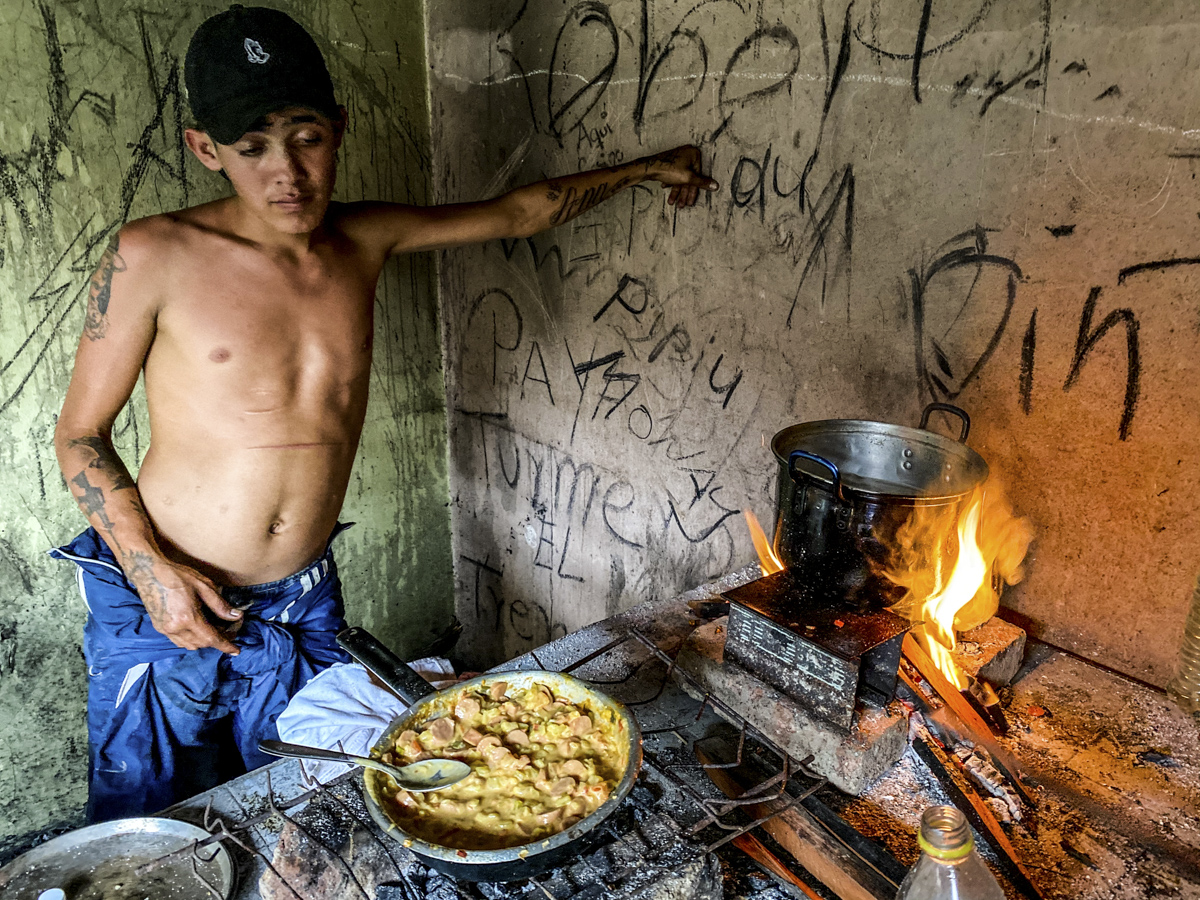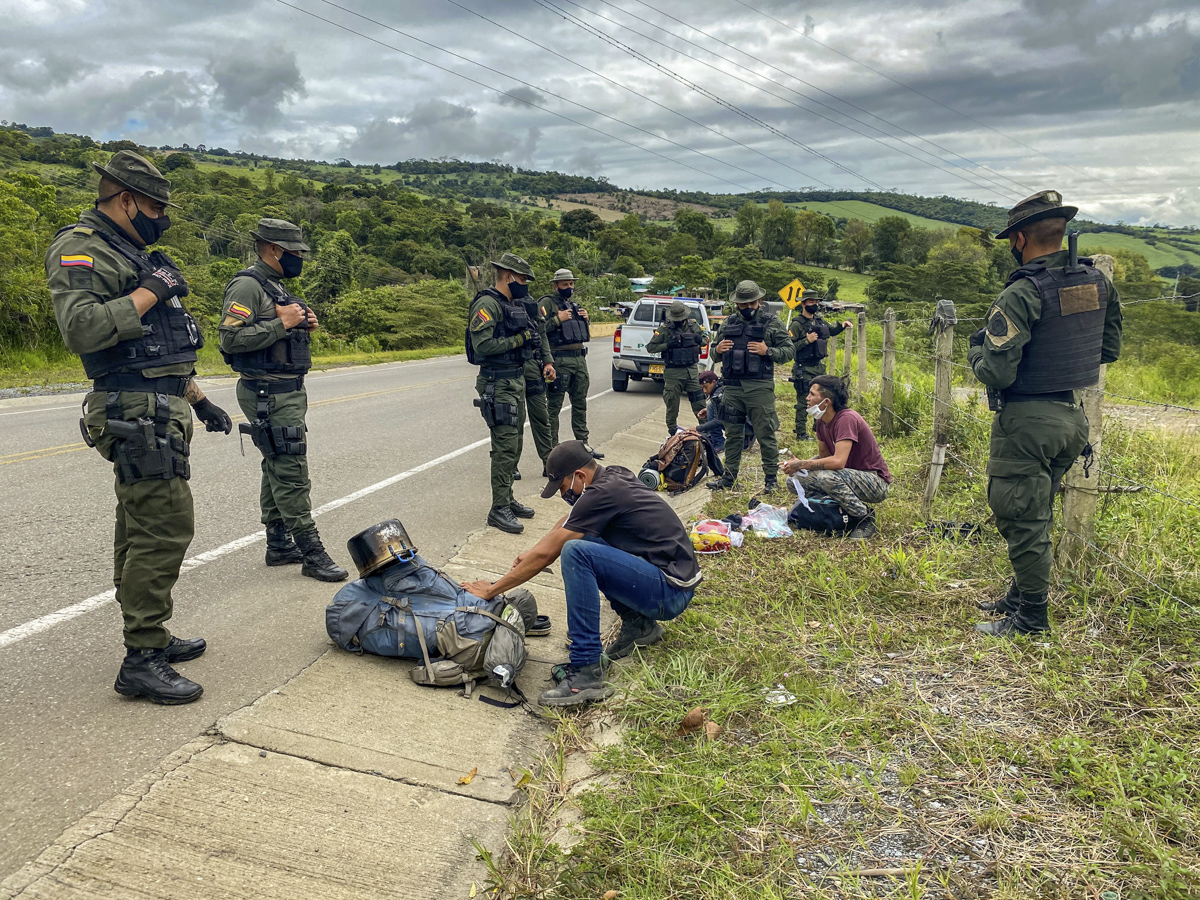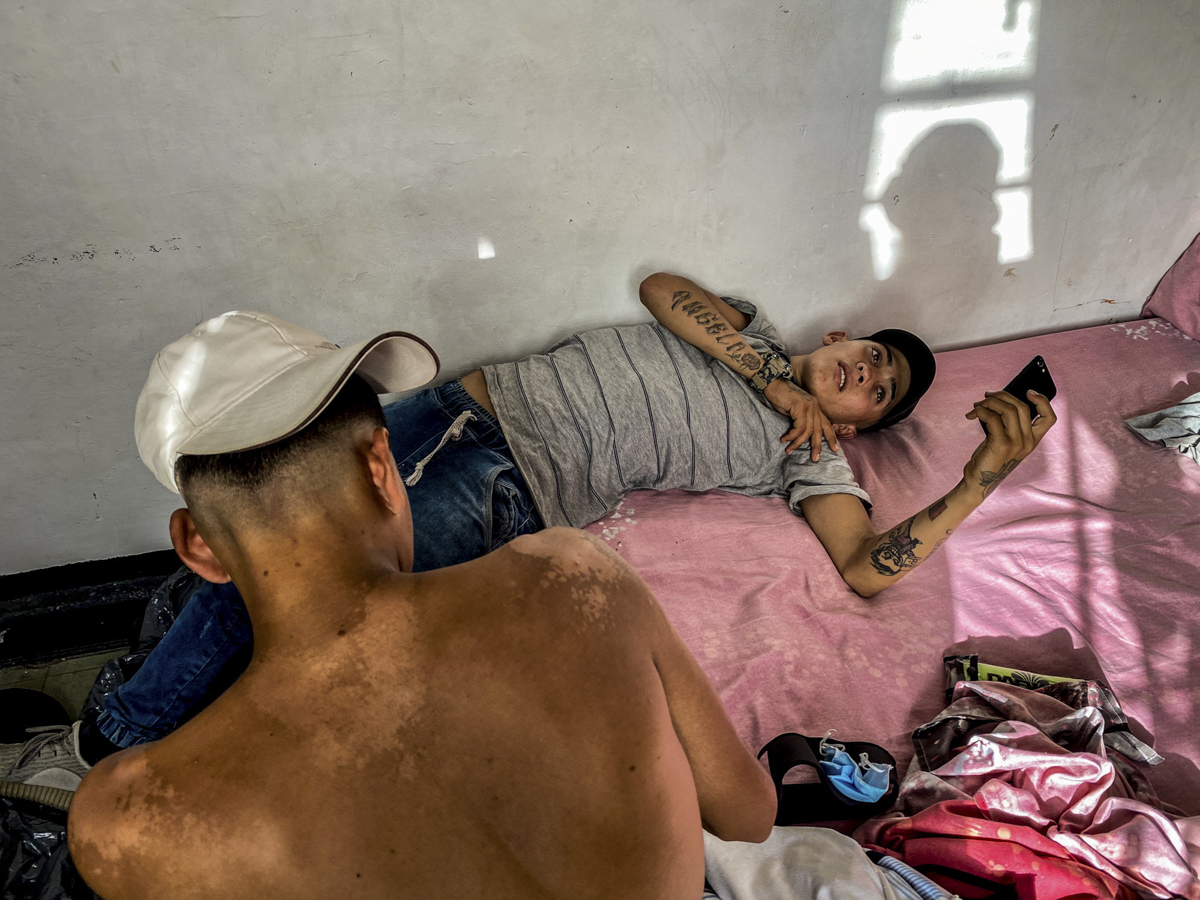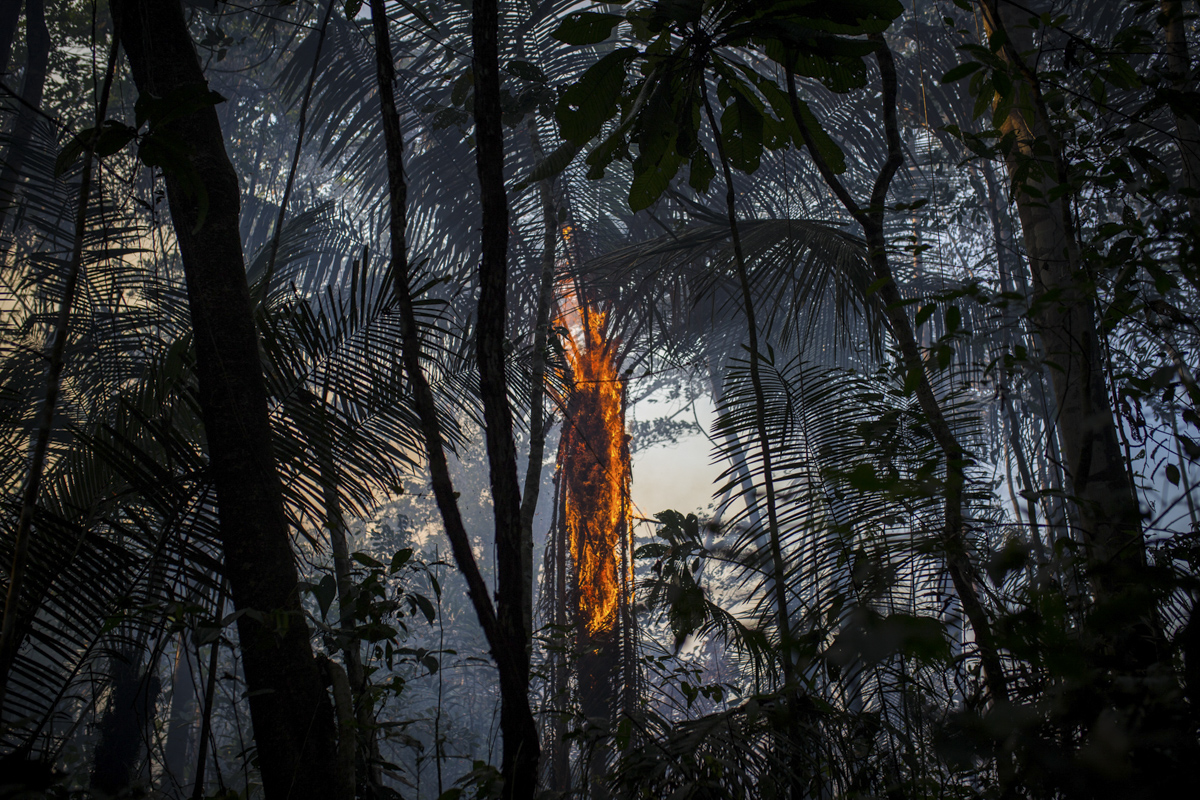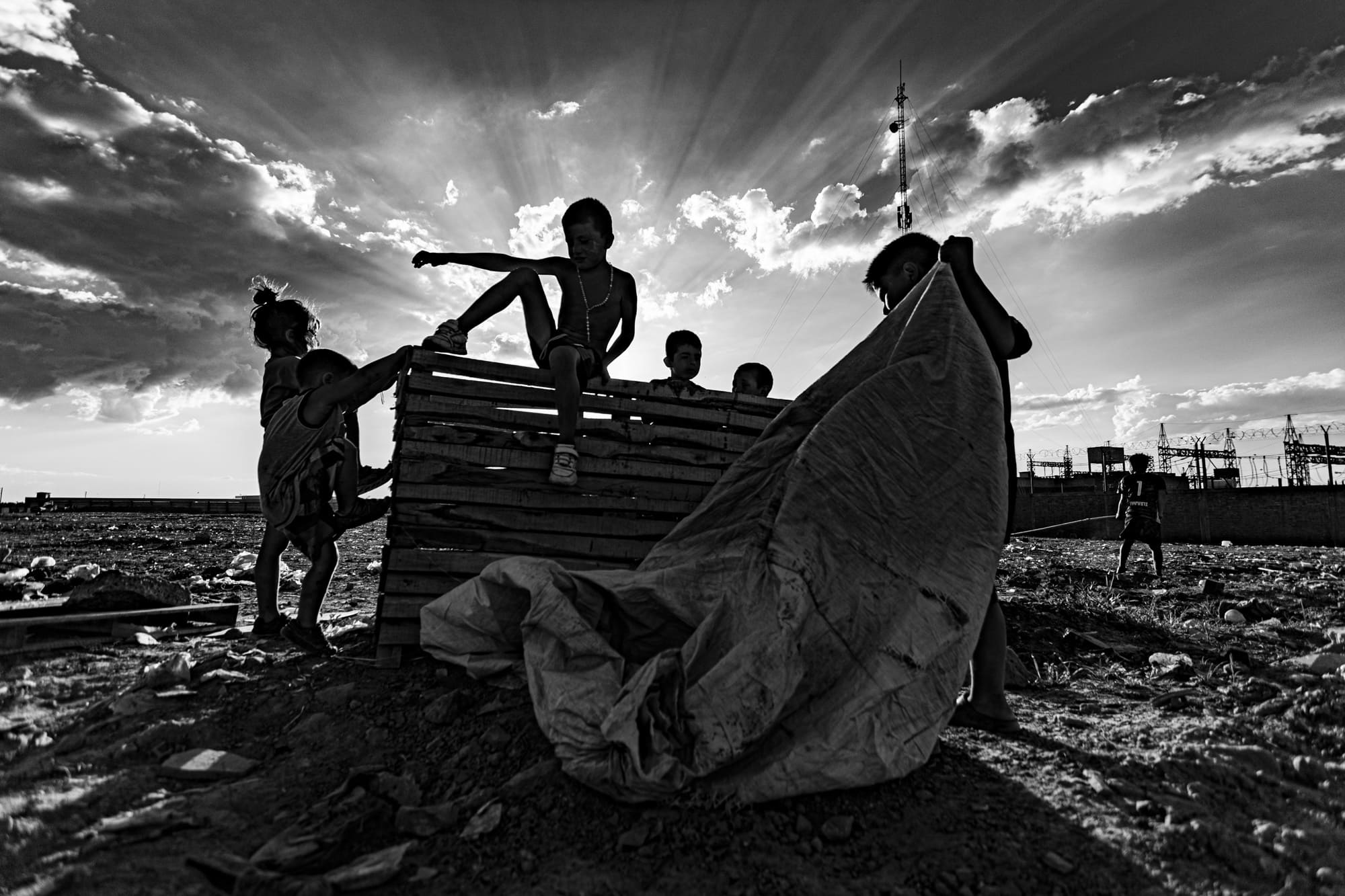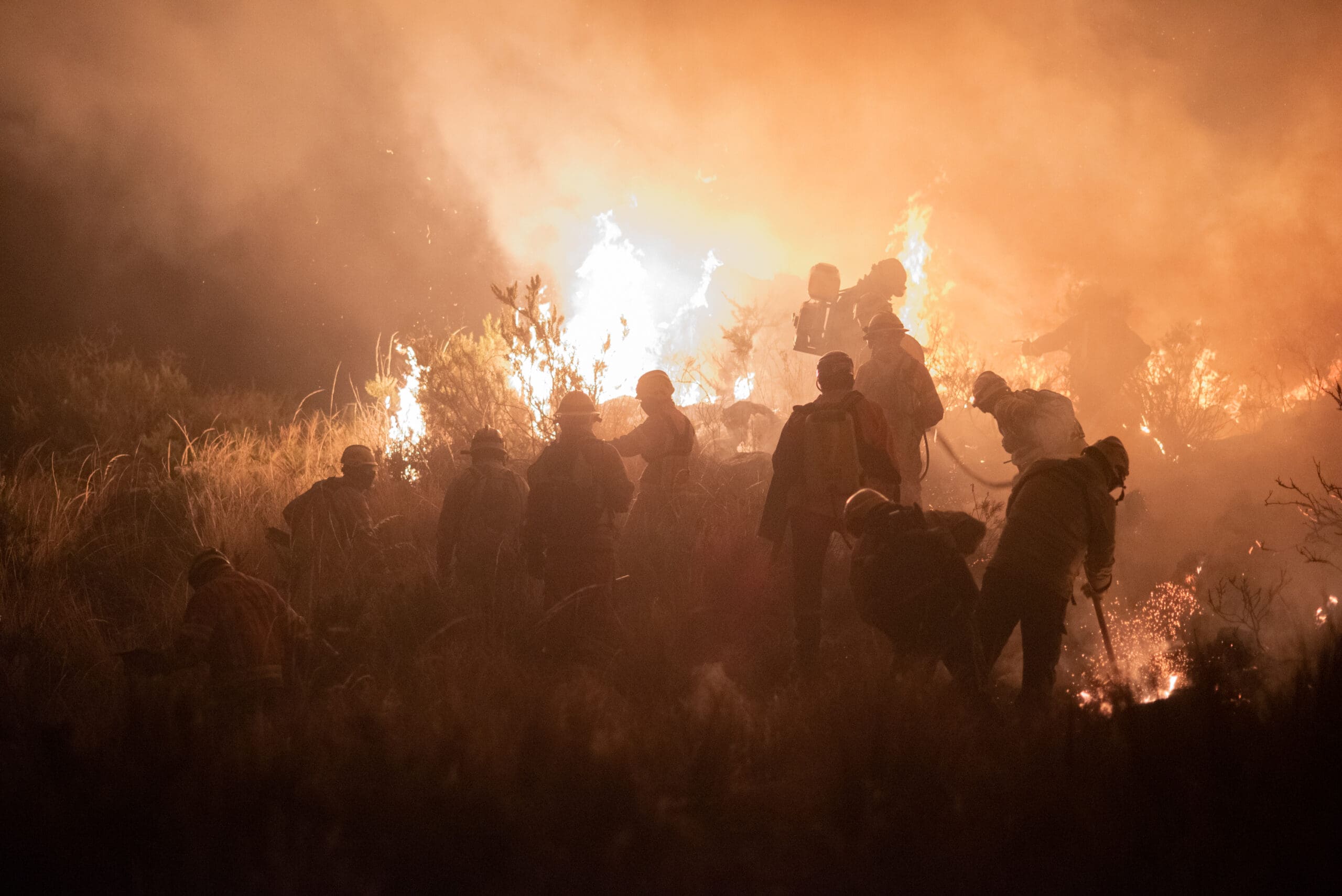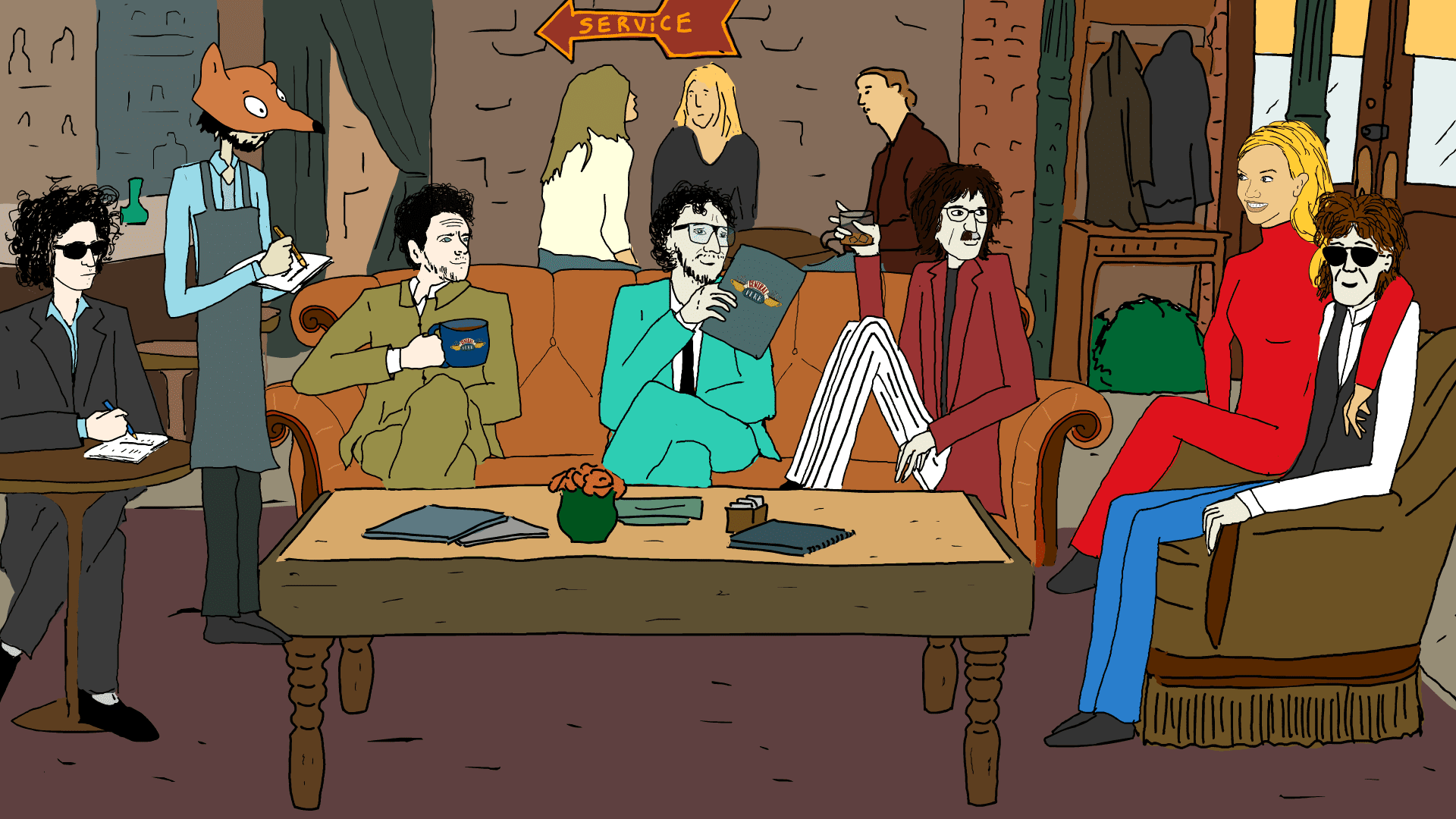When photographer Gena Steffens speaks with some authority, she gets the feeling that they think she is “harmless.” And that opens doors. Thus, she managed, for example, to convince the Colombian military to fly with them in their anti-drug campaigns in the Colombian jungle, without anyone knowing that he was going to see how the policy of the supposed “war on drugs” pollutes more than crops and laboratories that in theory fight.
Gina was born in North Carolina, in the United States, where she also studied anthropology and environmental studies. She later traveled through Latin America and survived with different trades. She thus perfected her Spanish, which today, at 30, she speaks to perfection. She came to Colombia to attend an artist, and fell in love twice: with the country and with photography. “Well, the truth is, I feel more Colombian than American. I have always felt more at home in Latin America, ”she says.
In addition to working with environmental issues, her ability to empathize with her led her to accompany a group of young Venezuelans in the midst of a pandemic who were trying to return to Venezuela. She walked with them 700 kilometers to the Colombian-Venezuelan border, but finally she did not want to let them go. The danger was too much. Thus, with a friendship built, she decided to invite them to her own home in Bogotá. They lived together for a time in her tiny apartment, until she rented a house for her friends, one that gradually became a place of passage and refuge for the Venezuelan exodus.
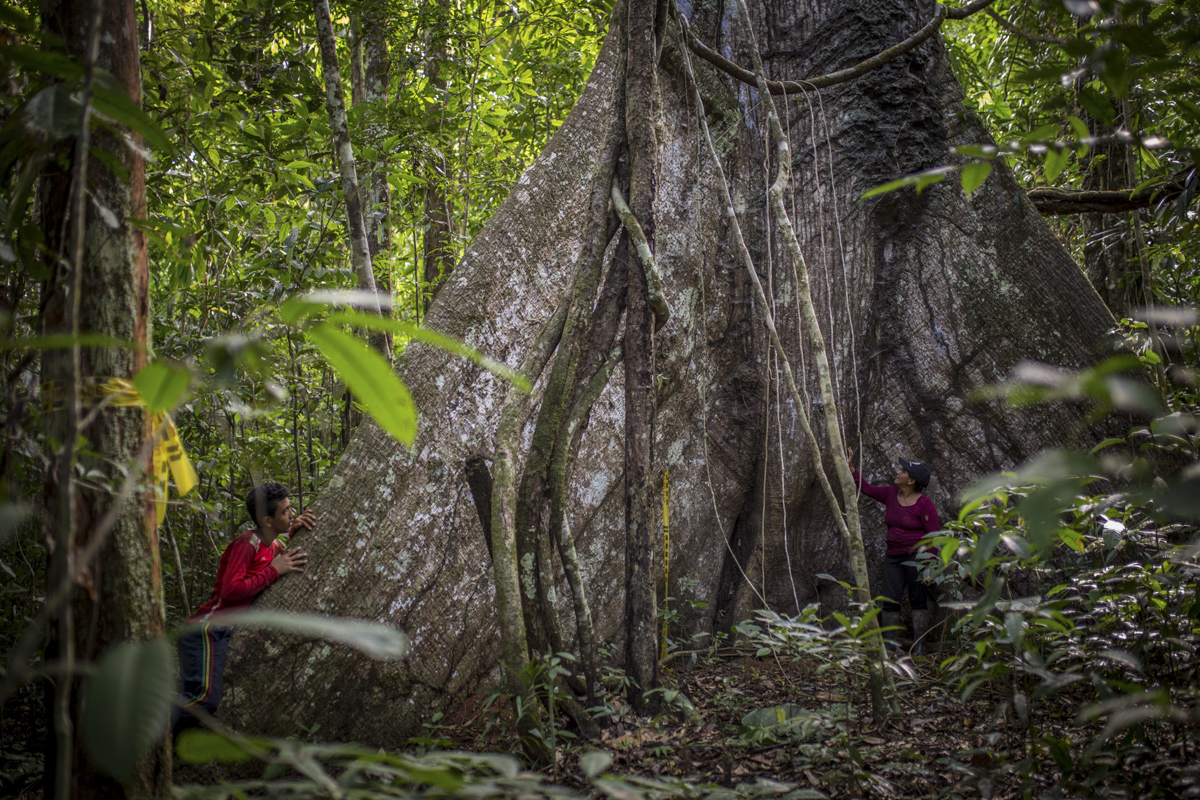
Your story in Colombia begins in Caquetá. What got you there?
It was a very strange situation. I was living in the United States. I had graduated from university and was working in a restaurant. And one day I physically collided with a man who was walking. For some reason we began to talk and it turns out that this man was a painter who had been hired by the International Committee of the Red Cross to carry out an artistic campaign about the work that that organization did in prisons.
And he needed a producer, someone who spoke Spanish. I was very interested in the work he was doing and my profile was perfect for what he needed. Then he offered me the job, which consisted of going to Florencia, Caquetá. I was going to stay there for about six months, but in the end… I always follow my curiosity in life. The peace talks were gathering steam. I would say, “Wow, that region has a lot to lose or gain.” And I started researching and decided to stay.
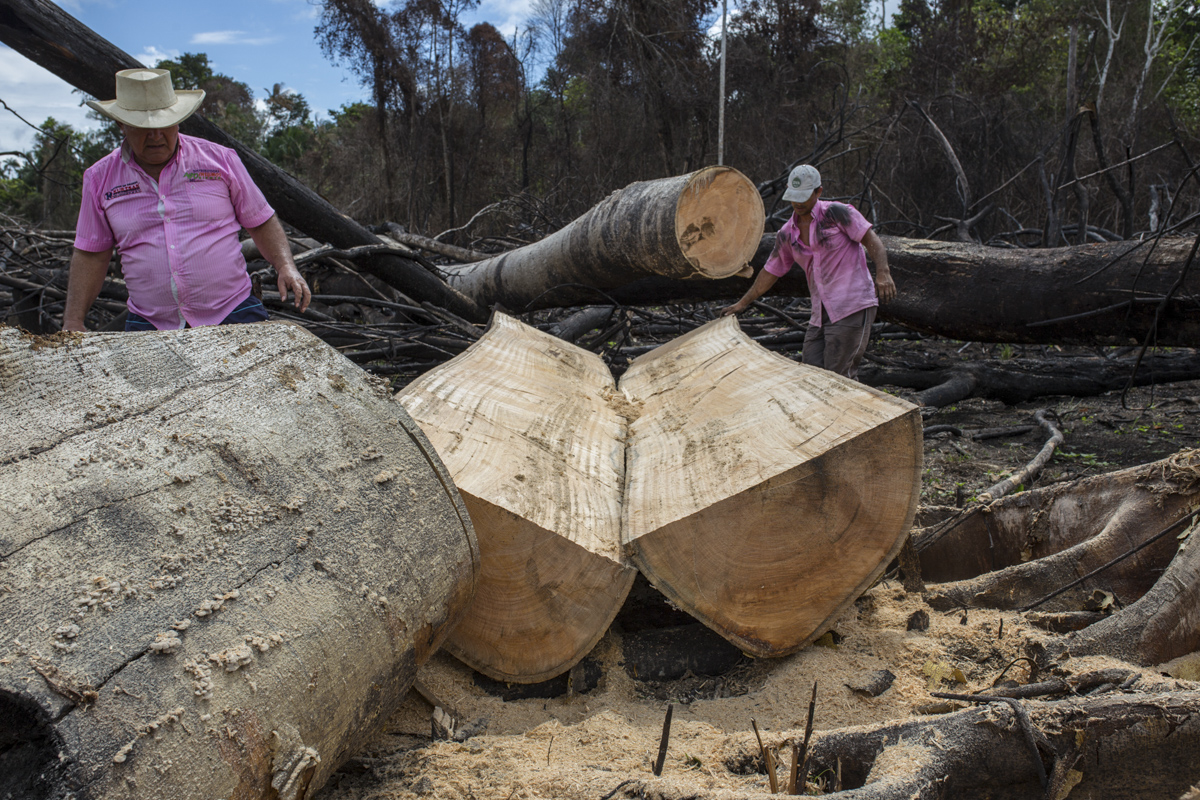
You already took pictures from before, right?
While working with that painter, we went to different prisons across the country and taught self-portrait courses to inmates. And in all that time part of my job was to photograph and record what we were doing. I have always been a very creative person, I like to produce. Previously I processed the world through painting, but later I realized that with a camera I could combine all my academic and research interests and also have that creative outlet. So, at last, I discovered that this is what I wanted to do in life.
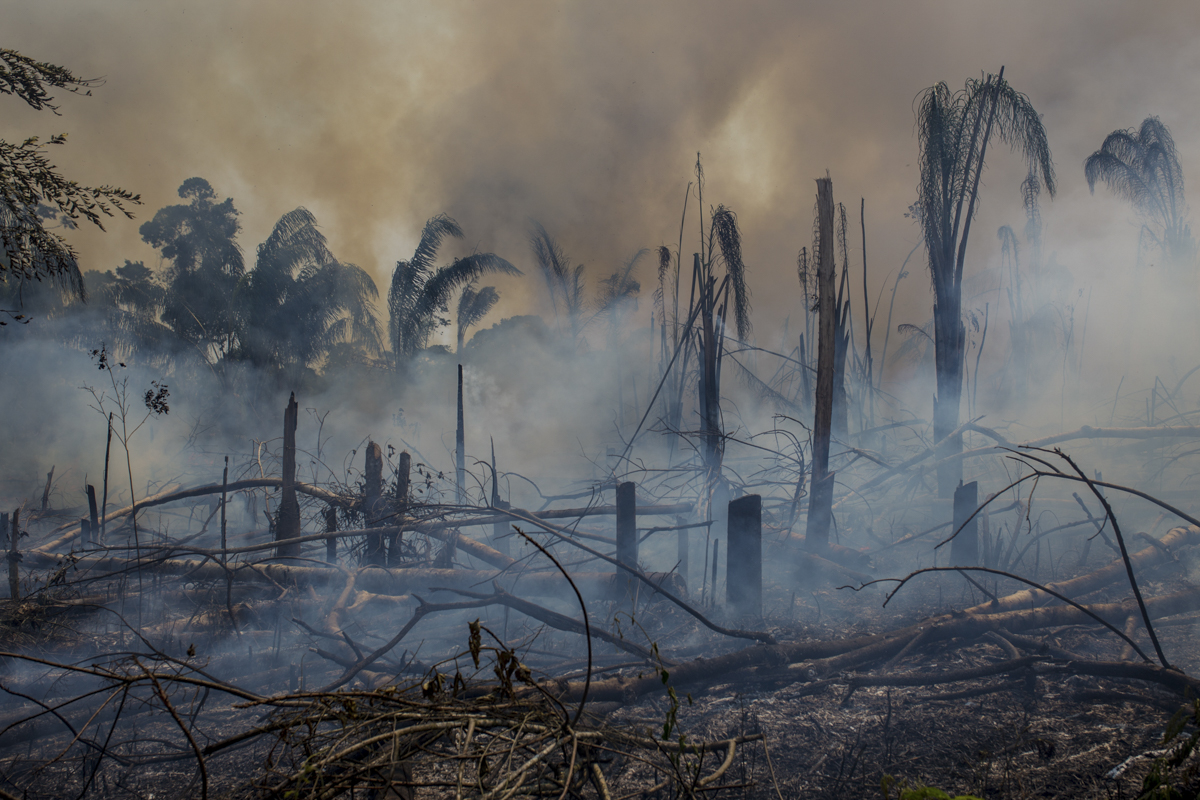
You define yourself as a photographer interested in the environmental crisis and ecological problems.
That is the main focus of my work. It is like the intersection of armed conflict and security issues with the environment. I started to cover this topic after the 2016 Peace Accords between the FARC and the Colombian State.
Where I lived, in Caquetá, when the Peace Accords were signed, the deforestation rate shot up in an impressive way. Well, I was living in that region and I asked myself “where is all that smoke coming from? There is always a season in the Amazon which is the burning season and it is normal for there to be smoke. The landscape is clouded a little and it looks like fog. It is a very shocking thing. It was like an amazing thing that I saw with my own eyes. I began to think: these are territories where most of the coca grown in the country is concentrated.
Places like that in Colombia are so isolated. There really is like a jungle curtain. And behind that curtain things happen and nobody ever finds out because of the same geographic isolation in which those things are happening. You can’t just go because people think you are a spy or that you are doing something wrong. Because I lived there, I had been able to make contacts with people who live in those areas who knew me and who agreed to take me to those places.
That was when I started to photograph the deforestation processes. And the truth is that it is a process, it is not simply deforesting and now. First they clean, then with a chainsaw they go and knock down. It’s like a science: the farmer reads the weather patterns and waits for the right moment to knock everything down. And after a few months, at the end of the summer, down there, when it rains less, he sets it on fire. I accompanied this process in two different places.
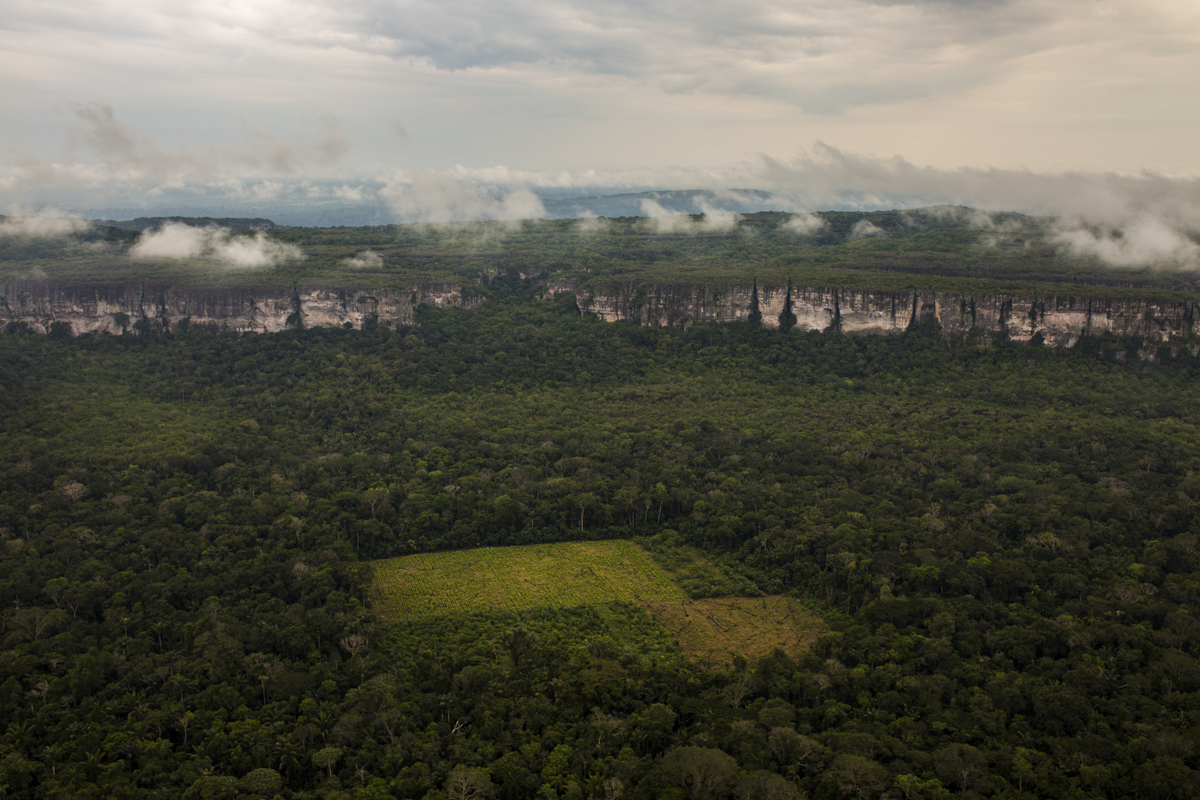
And who carries out this process?
People with chainsaws are usually humble peasants. On the one hand, there are people like, for example, a man in Putumayo that I met who is a normal, very humble peasant who lives in the countryside on the edge of a national park. He has tried to be very legal in all his work, even though that is an area where a lot of coca is grown. He doesn’t grow coca, instead he tries to earn a living from cattle. At that time he had about four cows.
Previously, the FARC maintained a rule that only a certain number of hectares of forest could be felled. If you lay down more you got in trouble: they gave you a fine or worse. So people respected the rules. The guerrillas did not do it because deforestation was bad for the environment, although sometimes they like to say that it was because of that. But the truth is that keeping the forest intact was more of a military strategy for them.
So, when the guerrillas left, people like this peasant said: well, now that the FARC are gone, I’m going to cut down more hectares than normal to put in more cows since no one is going to put me in trouble because of that mountain. In this way, some people do it on their own and fell five or ten hectares.
In parallel, other people are financed by the Colombian rural elite. There is a very strong issue about land usurpation and basically in these areas there are people with a lot of money who hire peasants to enter the mountains and cut down 100 hectares at once. They burn it, sow grass and put some cows there. And, thanks to the agrarian policies in Colombia, they can obtain the title of those lands for having taken it. In other words, for having replaced the jungle with a legal livestock business.
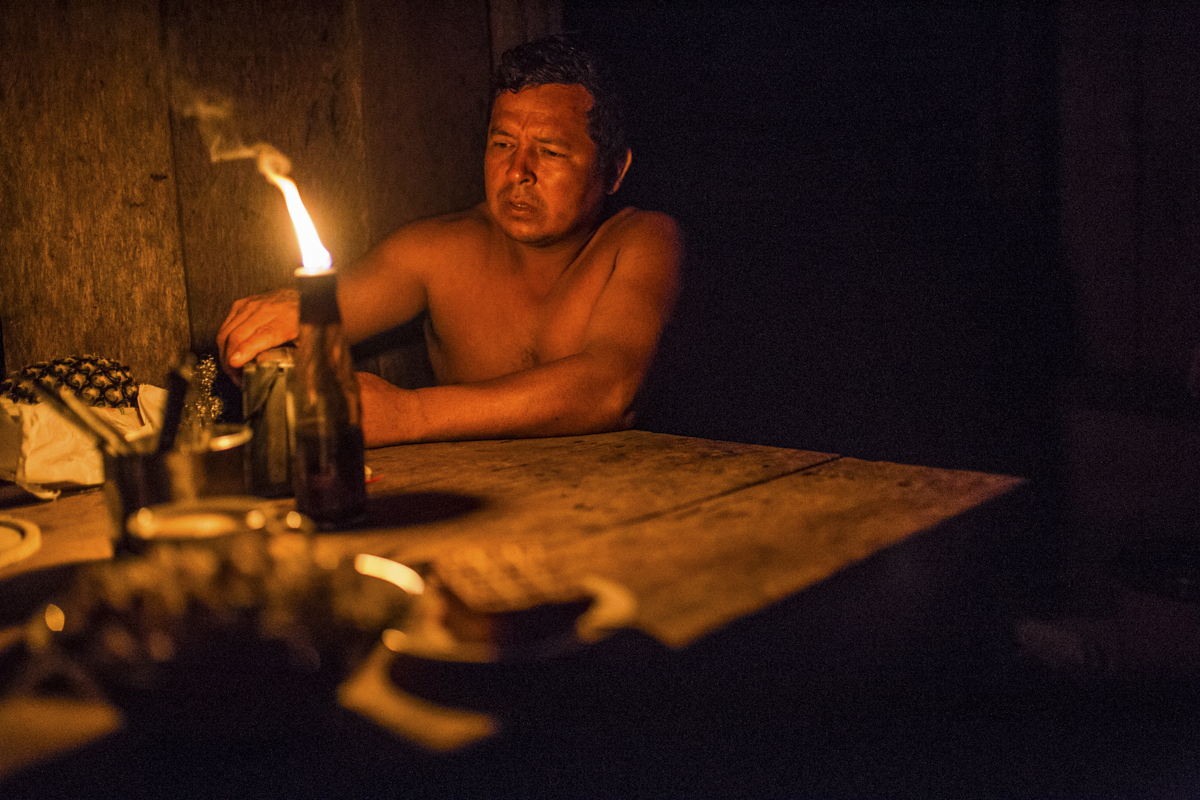
You also propose that there are other negative environmental impacts in the so-called “war on drugs”.
There is a lot of work on the environmental impacts of the production and cultivation of illicit crops, but almost no mention is made of the impacts of the war on drugs itself or the impacts of policies seeking to eradicate or destroy coca and laboratories for the processing of cocaine hydrochloride.
There was a time when I spent a lot of time in another department called Guaviare, which is also in the south of the country and borders the Amazon jungle. And there I had made very good contact with the army. They gave me permission to get on the helicopters that constantly carry troops and materials to different parts of the jungle, where the army’s areas of operations are. I used to take advantage of their flights to get on the helicopter and photograph the deforestation patterns from above, because it is very difficult to walk in that territory and I really wanted to see the amount of destruction that there was.
And one day I was sitting in the office of the commander of the Army brigade there and he answered the phone. And he told me: “Look, we just identified a cocaine crystallizing laboratory.” Because there are two types of laboratories: the base paste which is very simple and is always tucked there next to the coca crops. But there are also crystallizers that are where people take the base paste and where it is converted into the cocaine that is consumed in all parts of the world. Those labs are much more sophisticated and far fewer than base paste labs. Anyway, the army had identified one of those laboratories and I said to the commander: “Well, you are going to let me go and document how the procedure is to destroy that, because at the end of the day that is a business that has many environmental impacts.”
I was there documenting the Army’s activities to stop deforestation and to stop activities that were causing impacts on the environment. And then I convinced the commander to let me accompany them.
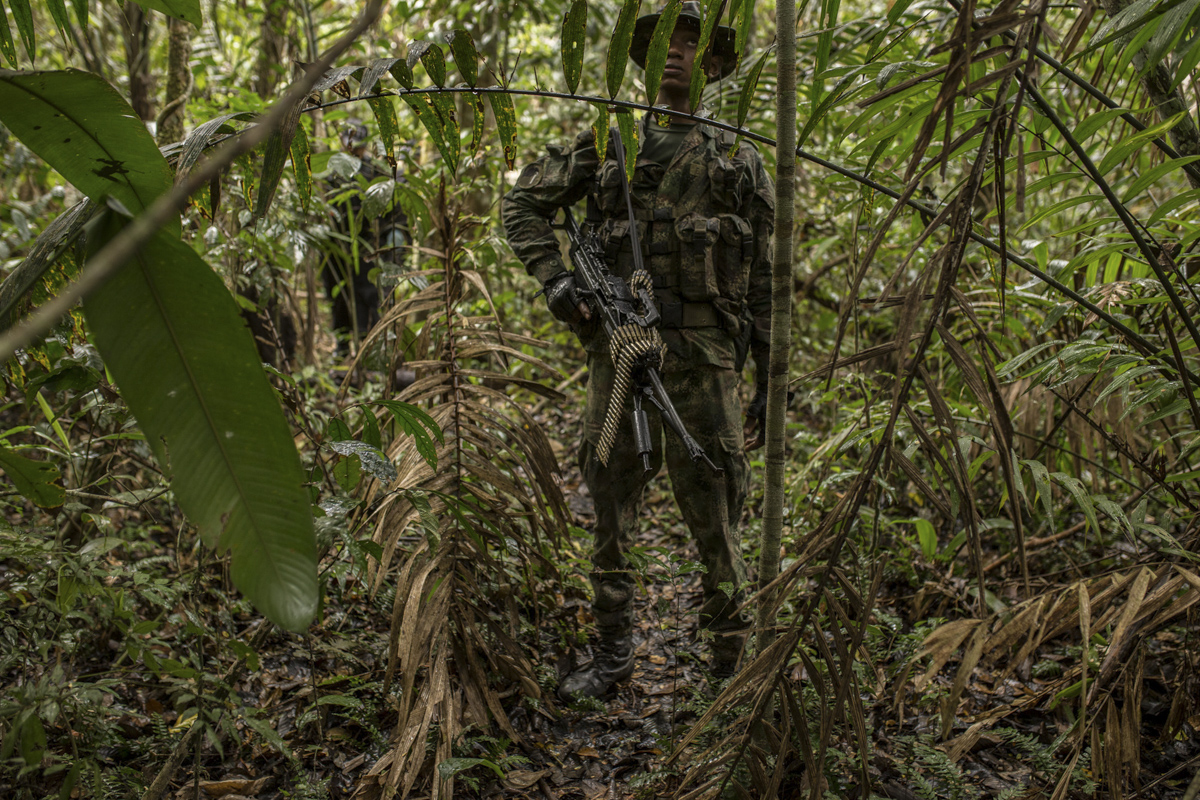
I flew with some agents of the Judicial Police and some explosives experts. We went to a point in the middle of the jungle. Solid jungle everywhere. We landed in a small space that was clean. The truth was I was there with the intention of documenting the laboratory, seeing what it was like, documenting how the army and the police did to destroy it.
It had never occurred to me that those operations where they destroy a laboratory have direct impacts on the environment. They write down: “Well, there are 20 lumps of such a chemical, there are like 1000 gallons of solvent,” and at the end of the day they blow it up and leave it there. And I was there and I was watching how the soldiers dumped bundles of chemicals right there on the ground and all those barrels exploded. For them that is normal procedure. After seeing all that, I was like wow! I just saw how they dumped a lot of chemicals in the middle of the Amazon. And how many times has that happened in the course of the war on drugs?
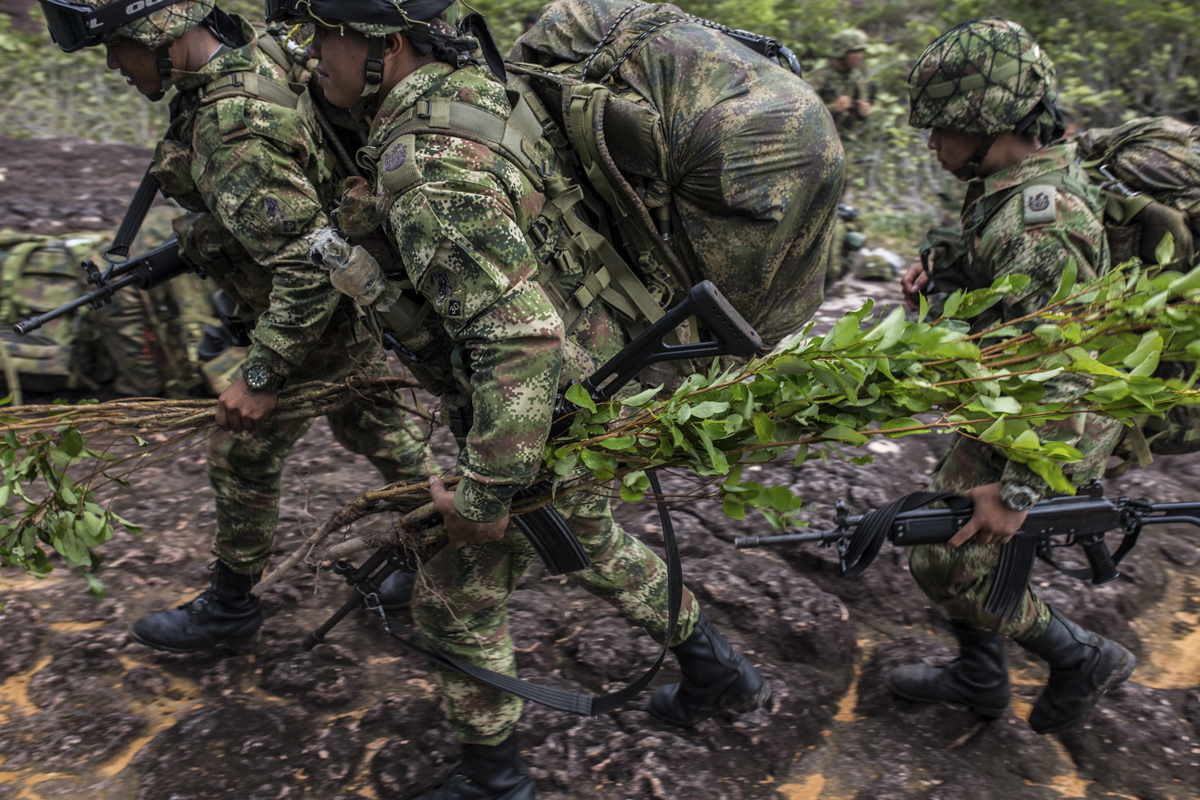
That was when the question woke up: everyone talks about how coca and cocaine production are harmful to the environment, because they cut down the forest to plant more coca, but the army is dumping chemicals on the ground. Nobody talks about what happens when the state destroys those laboratories and nobody talks about the fact that deforestation associated with coca is driven by the same policy that claims to eradicate them. A coca farmer simply wants to grow his coca next to the house. When they come to eradicate the crops, it is his turn to look for where else to sow and many times that means that he is going to go into the mountains and sow there, far from everything.
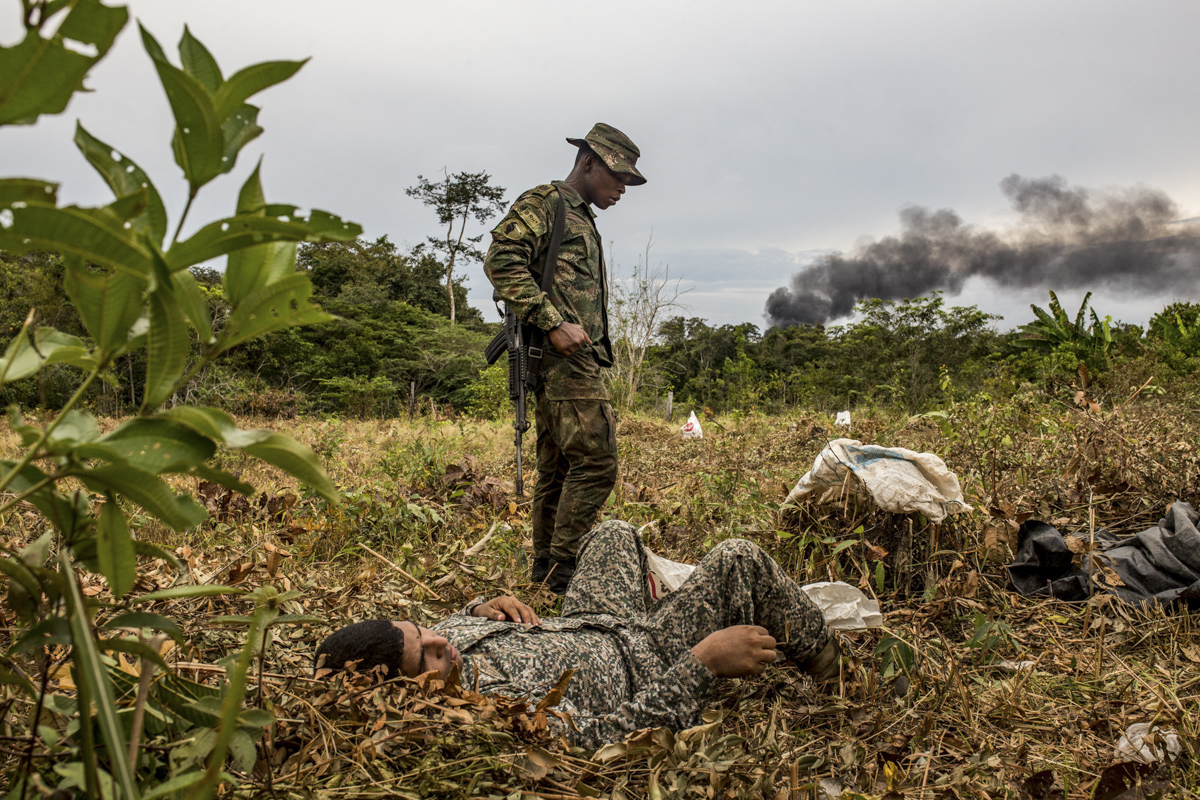
Then I ended up going to a coca growing area, in Putumayo, in an area very close to the Ecuadorian border, where I basically stayed doing interviews with people who grow coca and who work in laboratories. I asked them what are the thoughts that go through their minds when deciding to cut down more mountains.
I also learned that everyone believes that people working in laboratories are constantly dumping chemicals on the ground. But the truth is that those chemicals are reused. Nobody knows that because it is very difficult to do an academic study, due to the clandestine nature of the subject. I realized that the chemicals they use in this process are tools. And those tools can be used over and over again. In fact, in crystallizers like the one I went to, there are very advanced distillation systems to recycle chemicals.
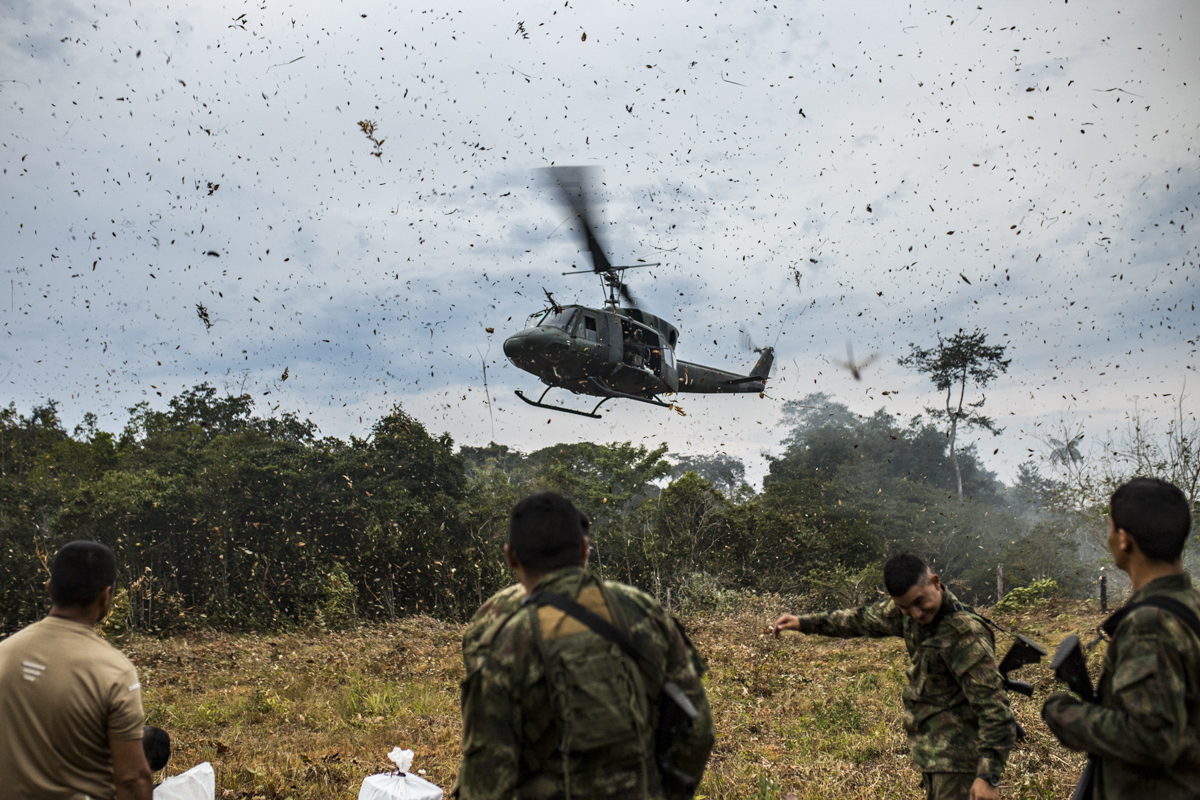
What are you doing now in Bogotá?
I had done a job for National Geographic about what was happening with the pandemic here in Bogotá. One of the groups that I photographed for this project were the Venezuelan migrants who had been living here, who had to walk back to Venezuela. I work on that topic and said how can it be? I can’t imagine it. Making that trip on foot from Bogotá to the border with Venezuela is crazy, but doing it in the middle of a pandemic is like I don’t know, I was shocked.
I got the idea of accompanying them all the way to the border. I used to say: well, I’m not going to go if I can’t find someone to go with, with whom I feel good, who feels there is trust. And I ended up going with two Venezuelan boys who were coming up from Argentina, who I liked very well. We walked from Bogotá to Cúcuta, to the border with Venezuela. Almost 700 km.
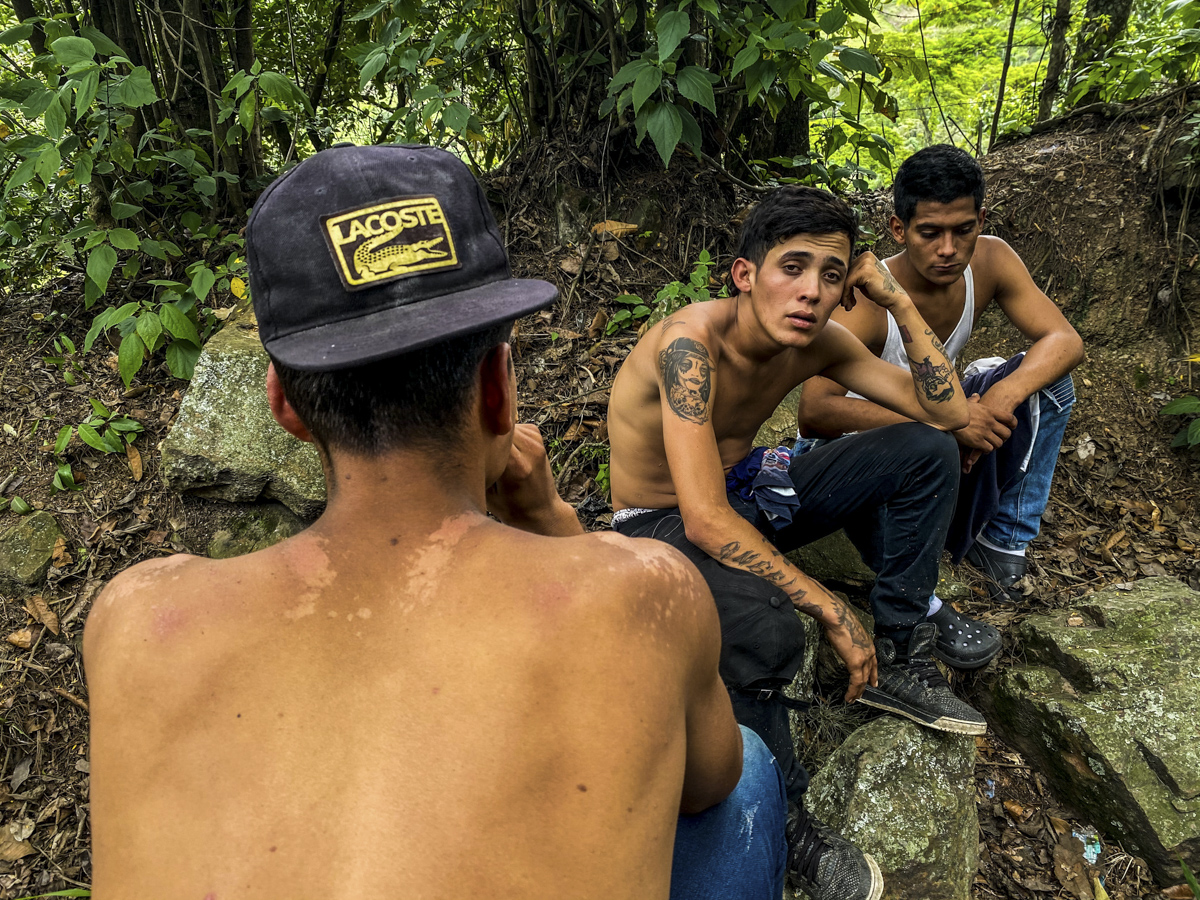
How many days were they on the route?
About two and a half weeks. When we got to the border we started hearing rumors, which I later verified. One of them was politically persecuted, he does not have a Venezuelan identification card, he has never had documentation, he is illiterate. He did or did have to cross the trails to re-enter Venezuela.
But by the time we arrived there was a group in Venezuela that was killing people on the trail. And when we got to the border we realized it. I asked them what they were going to do and they said: “Well, the truth is, I don’t want to die. So I don’t know what I’m going to do, whether to stay living here on the street or I don’t know, I don’t know what I’m going to do”. They had no other choice back then.
We had spent two and a half weeks eating shit on the road and putting up with a lot together and they were already friends of mine. So I said: you know what? I don’t want to, I can’t abandon you here to live on the streets. So what if we return to Bogotá? I open the doors to my apartment so they have a roof. Well, I’m going to see what I do to collaborate, to suddenly find a job, I don’t know, some stability while the pandemic passes and while the dynamics change and such.
So we went back to Bogotá and they came to live with me. I live in a very small studio. Some time later I rented another house nearby and it is now for them. That house became a home for other migrants who came up or down. We received about 60 people in that house over the course of the months. In parallel, I lent one of them a GoPro on the trip and I noticed that he liked to record. So I taught him to edit photos and he started to do his own editing of what I had photographed on the trip. Now they are recording their lives and the lives of their families.
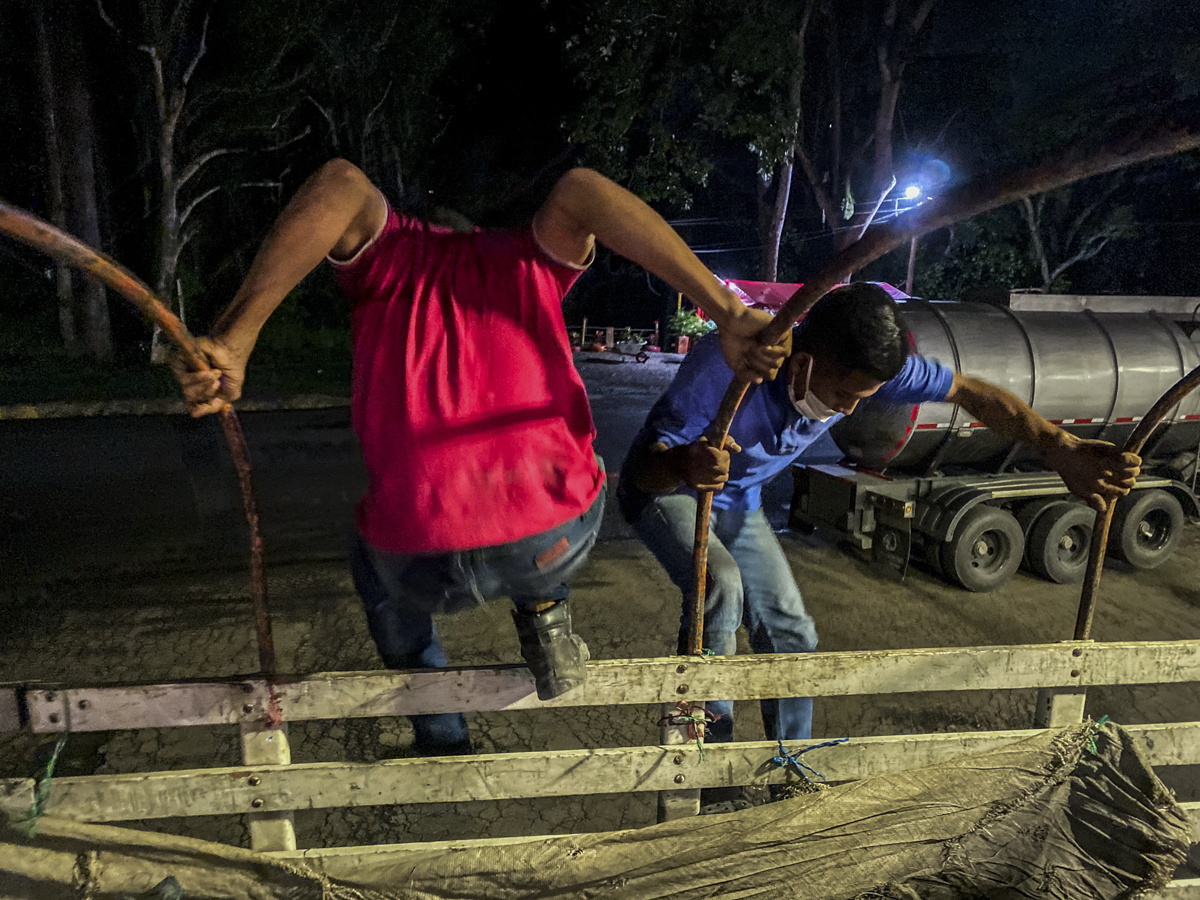
And are you going to make a documentary with that material?
That’s the idea. We spent several months living in isolation from the pandemic and I began to see a very intimate side of their lives. The project was extended and now it is not only about the physical fact of migrating. I want to document all what happens when someone comes to a city as a migrant or refugee and tries to seek stability. The truth is that it is too difficult a thing and even more so for boys like them.
The few resources that come to support Venezuelan migrants, the majority go to pregnant women, children, families of the disabled. People look at a young man and say “oh no, this boy doesn’t need help, he can do it alone”. But the fact is, they need support too.
